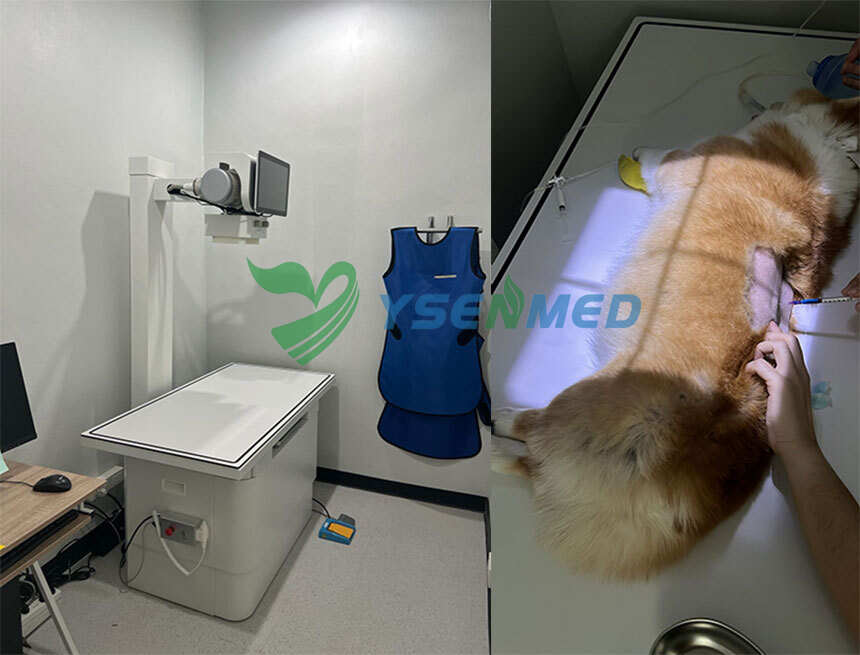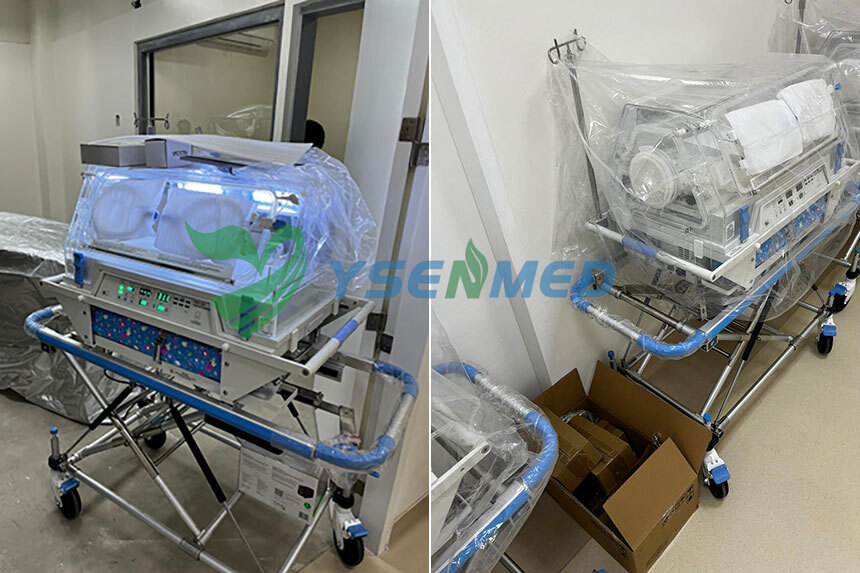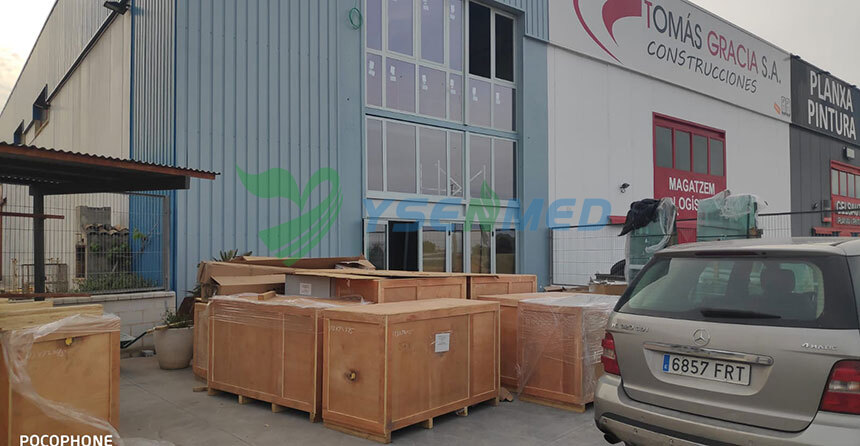Defibrillators have been a life-saving technology for decades, used to restore normal heart rhythm during a cardiac arrest. However, advancements in technology and design have made defibrillators more efficient and user-friendly. In this article, we will discuss the future of defibrillators and how they are evolving to become more effective and accessible.
Section 1: History of Defibrillators
Defibrillators were first introduced in the 1940s and were primarily used in hospitals. It wasn't until the 1960s that defibrillators were used outside of hospitals, specifically by emergency medical services (EMS) personnel. The first portable defibrillator was introduced in the 1970s, making it easier for EMS personnel to use them in the field.
Over the years, defibrillators have become more advanced, with the introduction of automated external defibrillators (AEDs) in the 1990s. AEDs are designed to be used by non-medical personnel, such as bystanders, and have become more common in public places like airports, schools, and shopping centers.
Section 2: Advancements in Technology
Advancements in technology have made defibrillators more efficient and effective. One major advancement is the use of biphasic waveform technology. This technology delivers an electrical shock that is more effective at restoring normal heart rhythm than the monophasic waveform technology used in older defibrillators.
Another advancement is the integration of wireless technology. Some defibrillators now have the ability to transmit data wirelessly to medical personnel, allowing for faster and more accurate diagnosis and treatment. This technology is particularly useful in remote areas where medical personnel may not be readily available.
Section 3: Design Improvements
Design improvements have made defibrillators more user-friendly and accessible. One major design improvement is the introduction of AEDs, which are designed to be used by non-medical personnel. AEDs are easy to use and have voice prompts that guide the user through the process of delivering a shock.
Another design improvement is the introduction of smaller and more portable defibrillators. These defibrillators are easier to transport and can be used in a variety of settings. For example, some defibrillators are designed to be used in helicopters, allowing for faster treatment of patients in remote areas.
Section 4: Challenges and Future Directions
Despite the advancements in technology and design, there are still challenges to be addressed. One challenge is the cost of defibrillators, particularly for smaller, more portable models. Another challenge is the need for ongoing training and education for users, particularly for AEDs.
Looking to the future, there are several directions that defibrillators may take. One direction is the integration of artificial intelligence (AI) technology. AI could be used to analyze data from defibrillators and provide more accurate diagnoses and treatment recommendations.
Another direction is the development of wearable defibrillators. These defibrillators would be worn on the body and would continuously monitor the heart for irregularities. In the event of a cardiac arrest, the wearable defibrillator would deliver a shock to restore normal heart rhythm.
Conclusion:
Defibrillators have come a long way since their introduction in the 1940s. Advancements in technology and design have made defibrillators more efficient and user-friendly, with the introduction of AEDs and smaller, more portable models. Looking to the future, there are several directions that defibrillators may take, including the integration of AI technology and the development of wearable defibrillators. As defibrillators continue to evolve, they will undoubtedly continue to save lives and improve patient outcomes.




